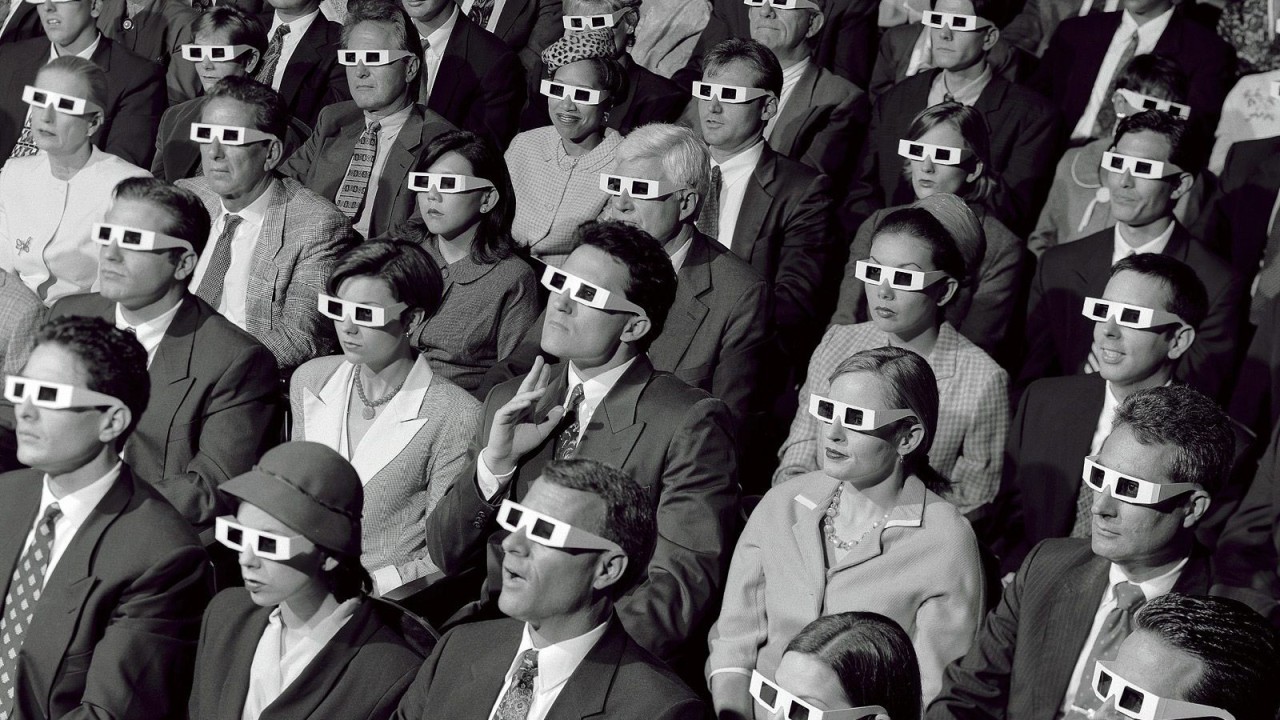Once upon a time we had “consumers.” The word itself now feels almost like a bad joke, like a leftover from a 1980s marketing textbook full of smiling families buying microwaves and soap powder. Consumers were predictable creatures: they compared things, bought them, maybe complained when they broke, and then did it again. It was mechanical, boring, reliable.
Fast forward to now, where the consumer has mutated into something else entirely. Not a buyer, not a user, not even a participant, but an audience. A crowd. A Greek chorus armed with smartphones. They don’t consume, they watch. They judge. They mock. They turn everything into content.
Look at the Cracker Barrel fiasco. One day the company decides to modernize its logo (translation: drop the bearded man leaning on the barrel and go for something sleek enough to look at home on an app icon). The pancakes and biscuits remain identical, the servers still wear the same uniforms, the gravy hasn’t been touched. Yet people acted like their entire cultural identity had been ripped away. Memes exploded, customers threatened boycotts, and the stock dipped. The food didn’t matter anymore. What mattered was the show.
Or Bud Light, which is now less a beer brand than a permanent case study in how a single influencer collab can spiral into a full-blown cultural meltdown. The beer never changed, but the performance around it did. Outrage videos, boycotts, Fox News segments. The product disappeared. What remained was the spectacle.
This is branding in 2025. Not persuasion, not selling, not even storytelling. Performance. A never-ending play where brands are the actors and consumers are the critics who never paid for tickets but demand better seats. Campaigns are not measured by sales but by how much noise they create. A fashion show is no longer about fabric but about screenshots and memes. Even apologies are written like Netflix scripts—crafted not to repair but to trend.
And here’s the cruel punchline: nobody really cares. People don’t buy because of the spectacle. They watch, they scroll, they repost, they laugh, they move on. The brand becomes entertainment, but entertainment that doesn’t even get a standing ovation—just a swipe.
For companies, this is hell. There is no backstage. When your product is also your performance, and your customer is also your critic, you are permanently on stage. Every logo change, every casting choice, every tweet is amplified, dissected, and ridiculed in real time.
And yet, the paradox. In this endless theater the boldest move may be to stop performing. To admit imperfection. To risk being boring, messy, human. Because when everything feels fake, maybe the only true spectacle left is honesty—awkward, unpolished, unfiltered honesty.
But honesty doesn’t trend, not really. Which is why most brands will keep playing the part, waiting for applause that never comes, while the audience sits in the dark, scrolling for the next distraction.
So if branding is now theater, the question isn’t who’s the best actor. The question is how long the crowd will keep watching before they get bored and leave the building.





